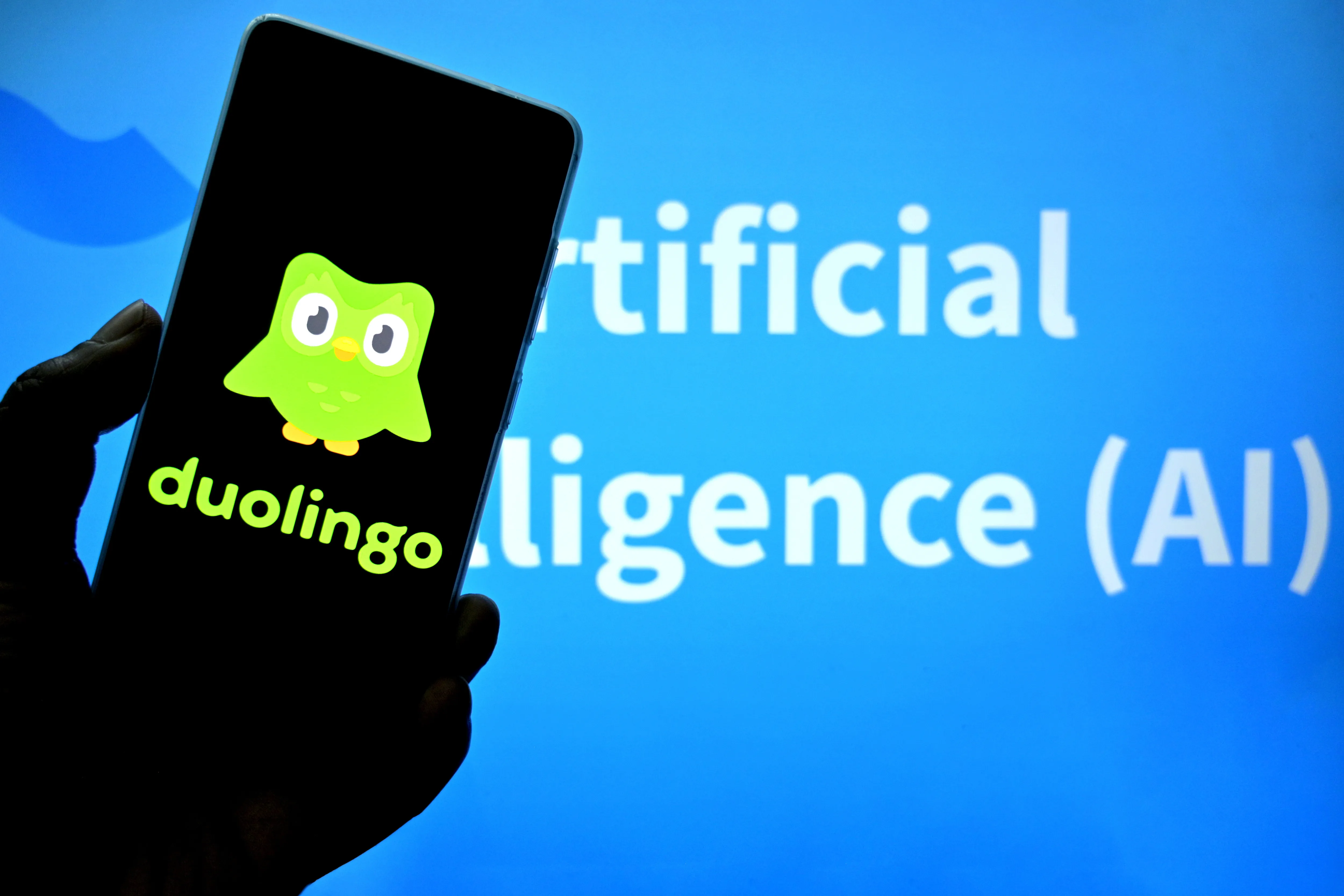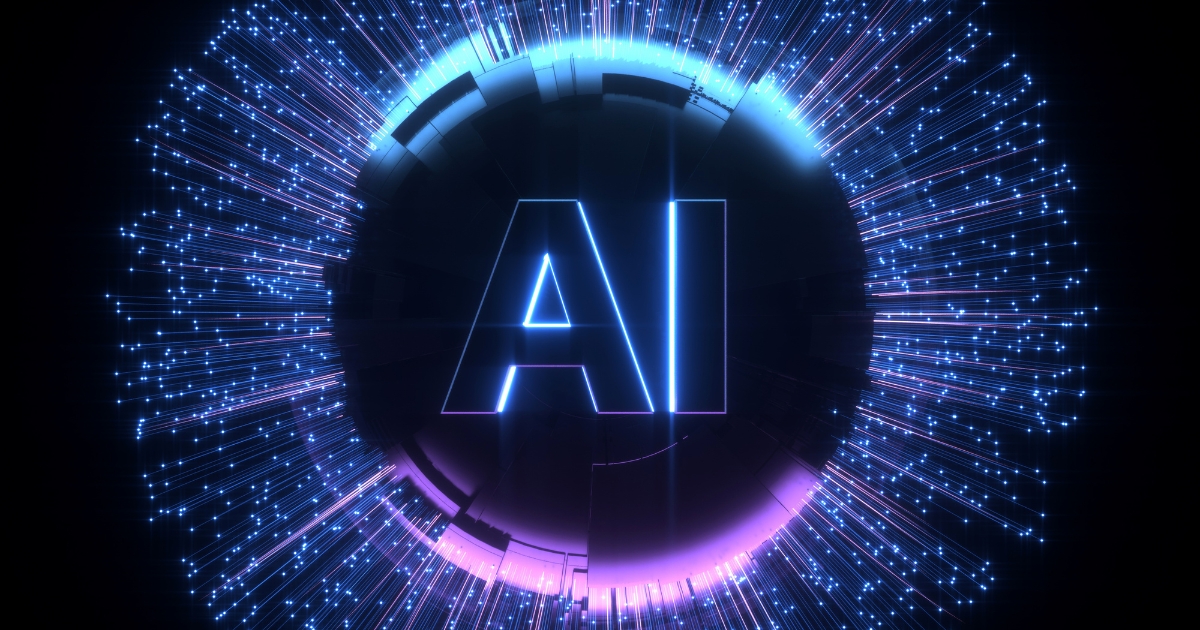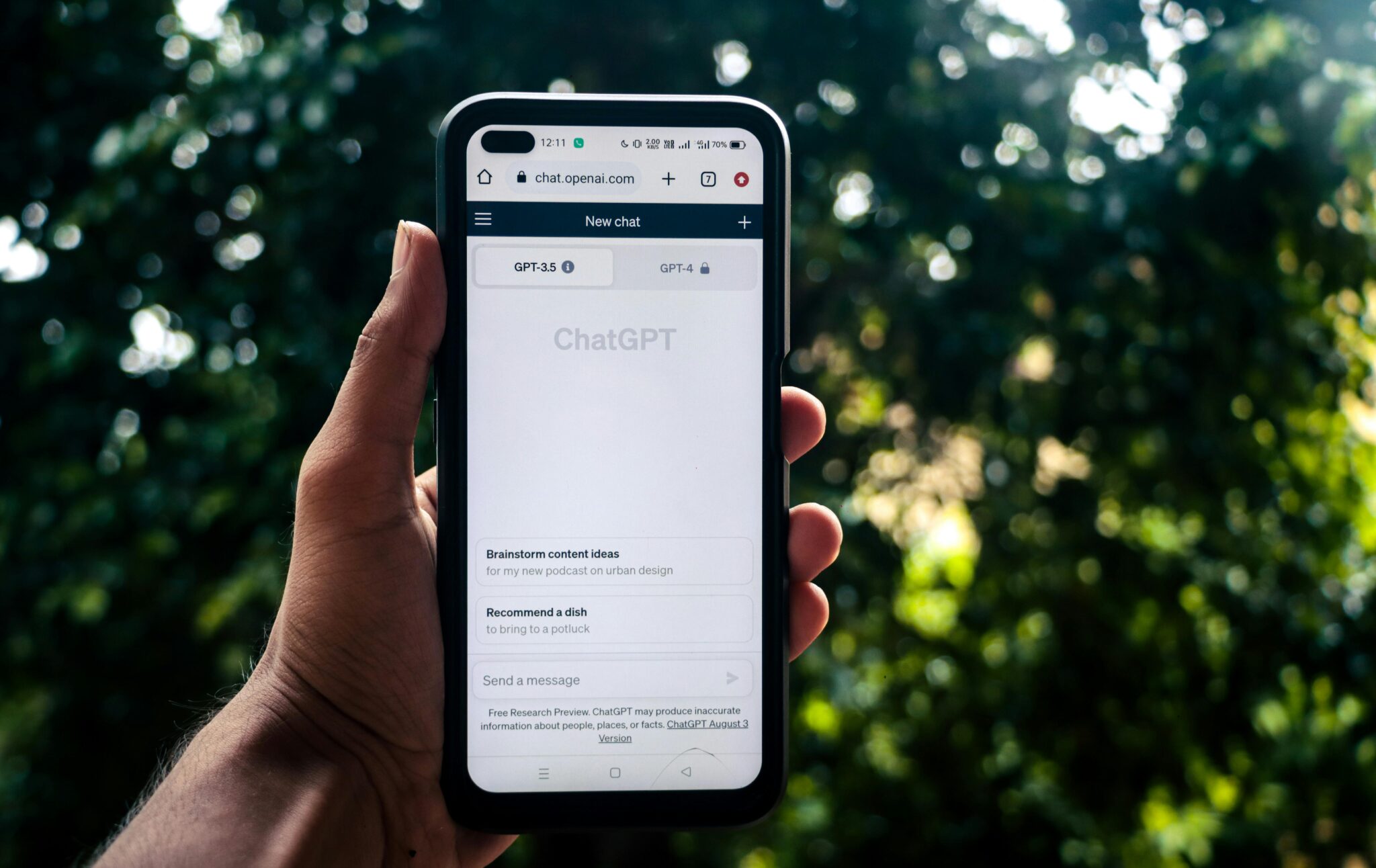Top 10 AI-powered Cybersecurity Solutions
The escalation of cyber threats, characterized by increasing sophistication, speed, and scale, has made traditional signature-based defense mechanisms insufficient. In this dynamic environment, AI has become indispensable for modern cybersecurity strategies. For more on this topic, you can read the original article on AI Magazine.
AI capabilities enable a crucial shift from reactive security measures to proactive and autonomous threat detection, investigation, and response. Key trends shaping the AI in the cybersecurity market include the pervasive move towards platformization, the emergence of agentic AI, and the critical need to secure AI systems themselves.
10. Abnormal Security
How it works: Behavioral AI establishes normal user/vendor behavior to detect and prevent advanced email threats like phishing and BEC.
Company: Abnormal Security
CEO: Evan Reiser
Abnormal Security’s cloud-native platform uses behavioral anomaly detection to establish baselines of normal user and vendor behavior patterns. The system identifies malicious emails that bypass traditional security solutions by analyzing deviations from established behavioral norms. The platform also integrates with cloud email systems through APIs for real-time threat detection and autonomous prevention. Over 20% of Fortune 500 companies use the platform, which operates without requiring changes to existing email infrastructure or user workflows. You can find more details in the source article at AI Magazine.
9. Exabeam Fusion
How it works: Applies AI and automation to security operations workflows, using behavior analytics for threat detection, investigation, and response.
Company: Exabeam
CEO: Chris O’Malley
Exabeam Fusion combines SIEM, UEBA, and SOC automation in a cloud-delivered solution that learns normal user and entity behavior patterns. The platform assigns context-aware risk scores to anomalies, prioritizing genuine threats over false positives. Exabeam Copilot, the platform’s Gen AI component, automates tasks and translates complex queries into actionable insights. The system reduces response times through automated workflows and provides flexible deployment options.
8. Vectra AI
How it works: Attack Signal Intelligence uses advanced AI to automate threat detection, triage, and prioritization of real attacks across hybrid/multi-cloud.
Company: Vectra AI
CEO: Hitesh Sheth
Vectra AI operates through Attack Signal Intelligence, which models attacker methodologies to identify malicious intent across network, identity, and cloud environments. The platform holds over 35 AI threat detection patents and covers over 90% of MITRE ATT&CK techniques. Vectra AI’s approach analyzes post-compromise behavior to reduce alert noise by over 80%. The system can go further than anomaly detection to understand tactics, techniques, and procedures commonly employed by adversaries. For further information, please see the original article: https://aimagazine.com/news/top-10-ai-powered-cybersecurity-solutions.
7. SentinelOne Singularity Platform
How it works: Singularity XDR autonomously detects, contains, and responds to threats across endpoints, cloud, and identity using behavioral AI.
Company: SentinelOne
CEO: Tomer Weingarten
SentinelOne’s Singularity Platform uses behavioral and static AI models to identify, contain, and respond to malware, phishing, and ransomware attacks. It provides autonomous prevention, detection, and response capabilities across the entire threat lifecycle. The system can isolate infected endpoints and remediate threats without human intervention, reducing Mean Time To Respond (MTTR) to incidents. More broadly, SentinelOne emphasizes data privacy, ensuring its AI models are never trained on user data. The platform operates across endpoints, cloud, and identity environments through hyperautomation.
6. Cisco (AI Defense/Secure)
How it works: AI Defense integrates network-level enforcement, telemetry, and AI-driven validation to protect AI applications and access.
Company: Cisco Systems
CEO: Chuck Robbins
Cisco’s AI Defense solution addresses the emerging requirement to secure AI infrastructure itself. It protects AI applications throughout their development and deployment lifecycle, incorporating network-level enforcement and threat intelligence from Cisco Talos. AI Defense includes AI-driven red teaming capabilities for automated vulnerability testing of AI models and targets threats such as data poisoning, prompt injection, and model manipulation. You can read more about Cisco’s innovations in the original article from AI Magazine.
5. Trend Micro Vision One
How it works: Proactive AI (Cybertron) predicts and prevents attacks, centralizing risk management, security operations, and layered protection.
Company: Trend Micro
CEO: Eva Chen
Trend Micro’s Vision One platform operates through Trend Cybertron, described as the industry’s first proactive cybersecurity AI. The platform has been a Gartner Magic Quadrant Leader for 19 consecutive years and has leveraged AI innovation since 2005. The system reduces alerts by 99.6% and dwell time by 65%. Eva Chen, the company’s CEO, has built the company’s approach to be around predictive prevention rather than reactive detection, using deep threat intelligence to anticipate attack vectors before they materialize.
4. Microsoft (Sentinel/Defender)
How it works: AI-enriched SIEM/XDR provides intelligent security analytics, threat intelligence, and automated response across enterprise and cloud.
Company: Microsoft
CEO: Satya Nadella
Microsoft’s cybersecurity portfolio encompasses Sentinel for SIEM/SOAR capabilities and Defender for XDR functionality across the Microsoft ecosystem. The platform provides native integration within Azure and Microsoft 365 environments, offering seamless security across hybrid and multi-cloud deployments. Microsoft’s approach includes AI-driven threat intelligence and automated response capabilities designed for cloud and AI application security. The integrated suite addresses security challenges across Microsoft’s vast ecosystem, simplifying security management for organizations invested in Microsoft’s cloud services. Learn more from the source: https://aimagazine.com/news/top-10-ai-powered-cybersecurity-solutions.
3. Palo Alto Networks (Cortex XDR/XSIAM)
How it works: AI-driven platform unifies endpoint, network, cloud, identity data for automated threat detection, investigation, and response across SOC operations.
Company: Palo Alto Networks
CEO: Nikesh Arora
Cortex XSIAM unifies SIEM, EDR, SOAR, and Attack Surface Management (ASM) into a single interface. Palo Alto Networks’ platformization strategy centers on this platform, as it processes trillions of cloud events and prevents billions of attacks annually through Precision AI technology. XSIAM serves as the central hub for SOC activity, addressing security silos and tool sprawl challenges. The system provides automated threat detection and response whilst eliminating the need for security teams to navigate multiple disparate products.
2. Darktrace
How it works: Self-learning AI analyzes network data to understand normal behavior, autonomously detecting and responding to novel threats in real-time.
Company: Darktrace
CEO: Jill Popelka
Darktrace’s AI continuously ingests live data from an organization’s digital environment to identify deviations from learned norms. The company’s Enterprise Immune System uses unsupervised learning to form a dynamic understanding of normal network behavior patterns. It detects zero-day and novel threats without requiring predefined signatures or prior knowledge of attack patterns. The platform also reduces incident response times by recognizing pre-existing compromises and emerging threats. For more details, see the original article at AI Magazine.
1. CrowdStrike Falcon
How it works: Charlotte AI uses agentic autonomy to detect, investigate, and respond to threats, automating complex tasks and accelerating outcomes.
Company: CrowdStrike
CEO: George Kurtz
CrowdStrike’s Falcon platform integrates Charlotte AI to deliver agentic workflows for autonomous security operations. The system acts beyond traditional copilots by independently analyzing data, drawing conclusions, and executing authorized actions without human prompts. Charlotte AI handles routine and complex tasks, allowing analysts to focus on strategic threat hunting and decision-making. The platform additionally provides cloud-native endpoint protection with EDR, threat intelligence, cloud security, and Next-Gen SIEM capabilities. George Kurtz has positioned agentic AI as fundamental to reducing cognitive burden on security analysts. PeerSpot, Forrester, and IDC consistently recognize CrowdStrike for its AI-driven approach to autonomous threat response.
For more content on the latest AI news and developments, please visit latestainews.ai. If you have any questions or feedback, you can reach out to us through our contact page.
Source Link: https://aimagazine.com/news/top-10-ai-powered-cybersecurity-solutions










No Comment! Be the first one.